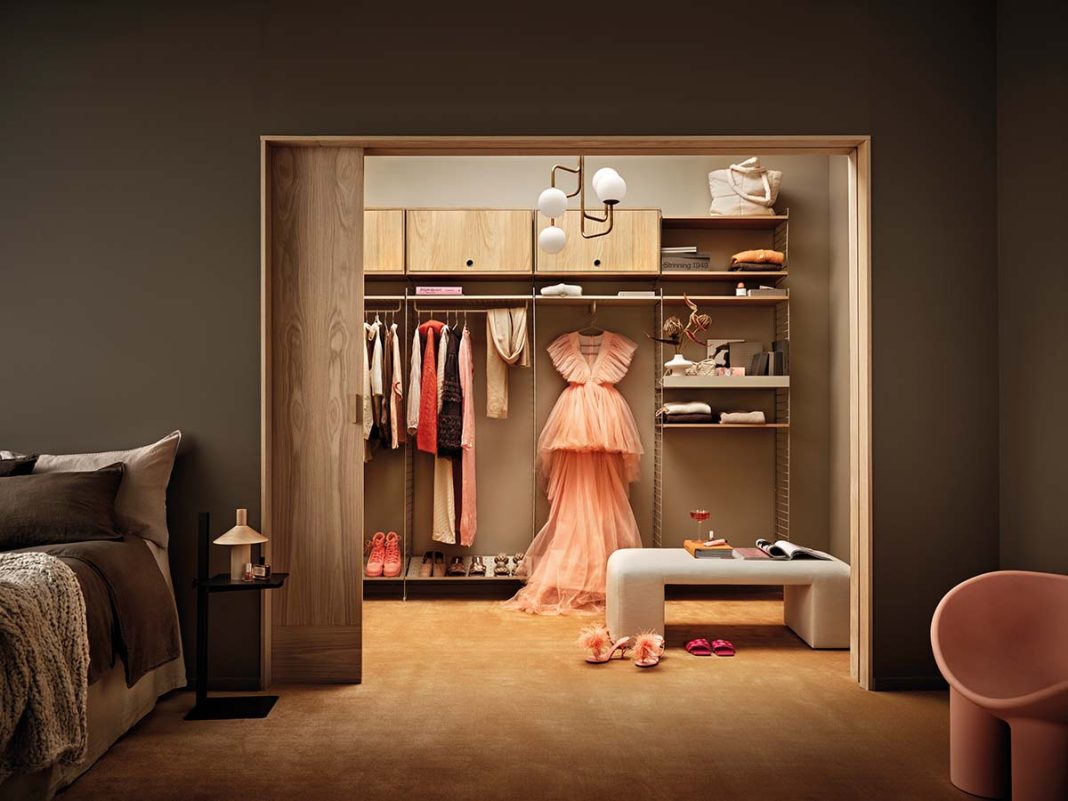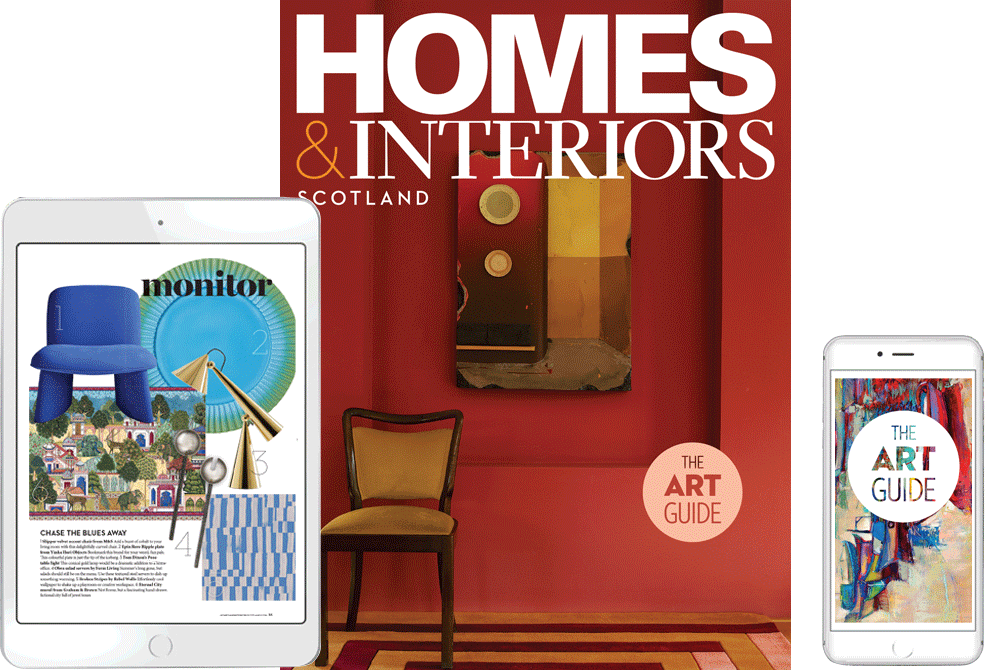Clearing out and compartmentalising is your answer to a calm, curated dressing space
There is little point in designing a new space around unwanted or unworn things. “You need to ask yourself if the items in your wardrobe are fit for how you live your life,” says Elaine McKinlay, declutter specialist and founder of Clear Mountain Decluttering. “What do you love and feel good in, and what do you actually need?”
Elaine has been a professional organiser for 18 years, helping clients to organise their homes, declutter or downsize. Her methods are based on the Scandinavian principles of hygge and lagom, which means having just the right amount of stuff.
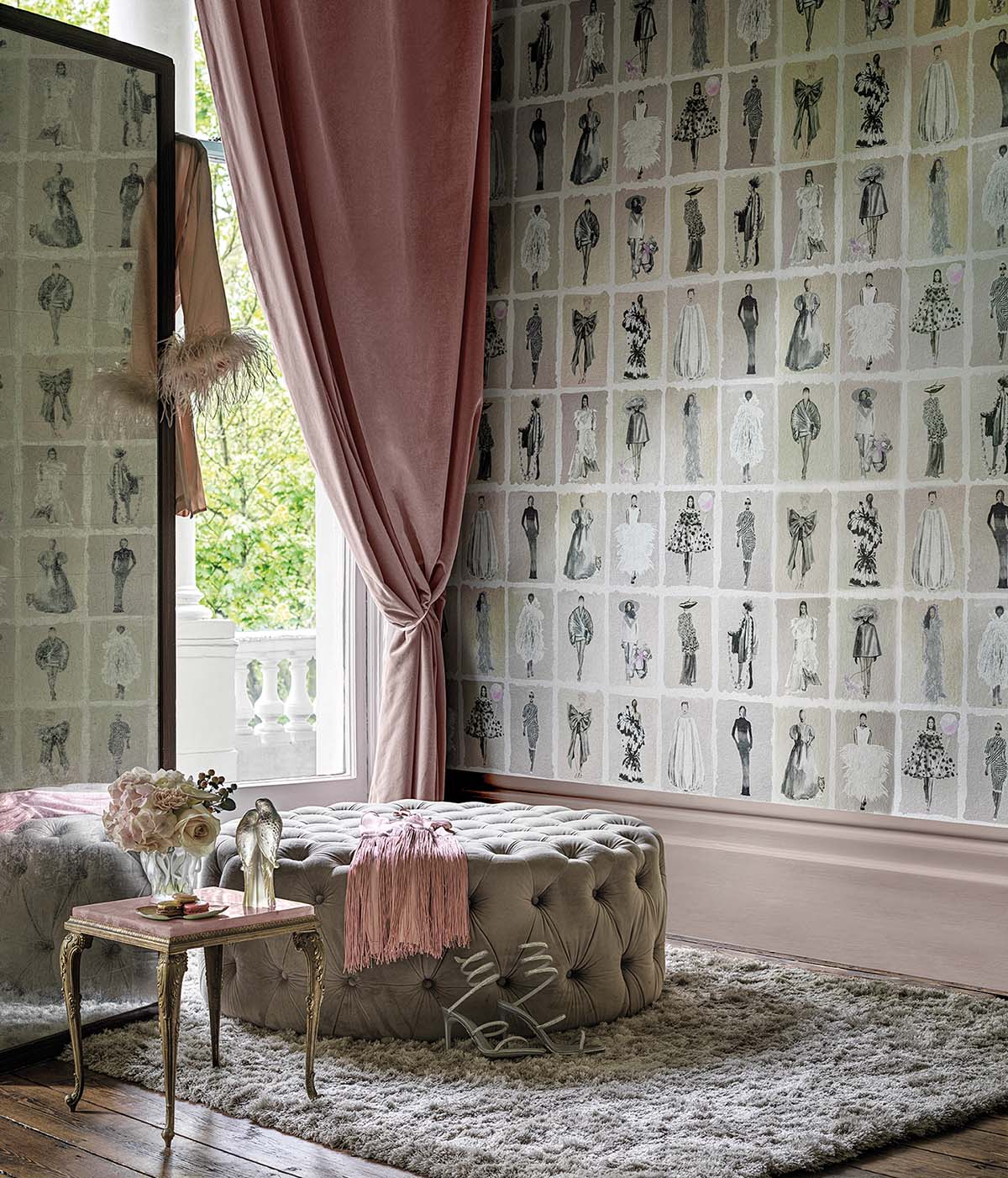
“It’s not about being a minimalist, but about creating order,” she explains. “A cosy, simplified space helps us to enjoy life and be more productive.”
At the start of a wardrobe tidying session (which usually lasts around three hours), Elaine takes everything out and sorts it into categories – jumpers, jackets, trousers – to help her client see what they have too much of. “One person had 26 pairs of jeans and wondered why they couldn’t decide what to wear in the morning,” she says.
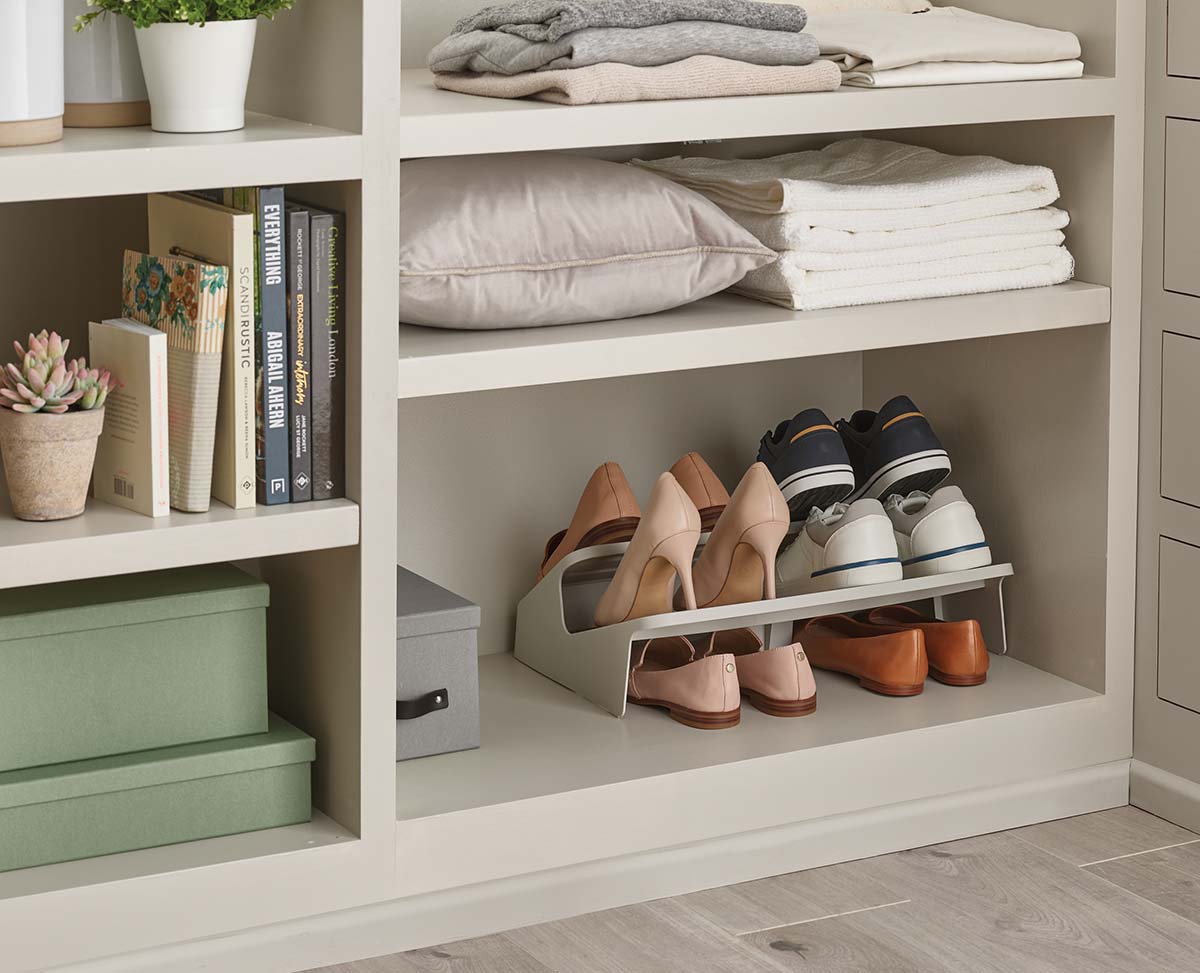
She suggests asking when you last wore something, how you feel in it, and if it flatters you. If snap decisions don’t come easily, make a ‘to decide later’ pile and revisit it at the end the process, by which point you may find it easier to cull.
Still on the fence about some garments? Make use of Elaine’s ‘container concept’ and pop them in a container at the bottom of your wardrobe. The trick to keeping it tidy is to put a cap on how many things can go in it. “The minute it gets too full, it’s time to declutter,” she says.
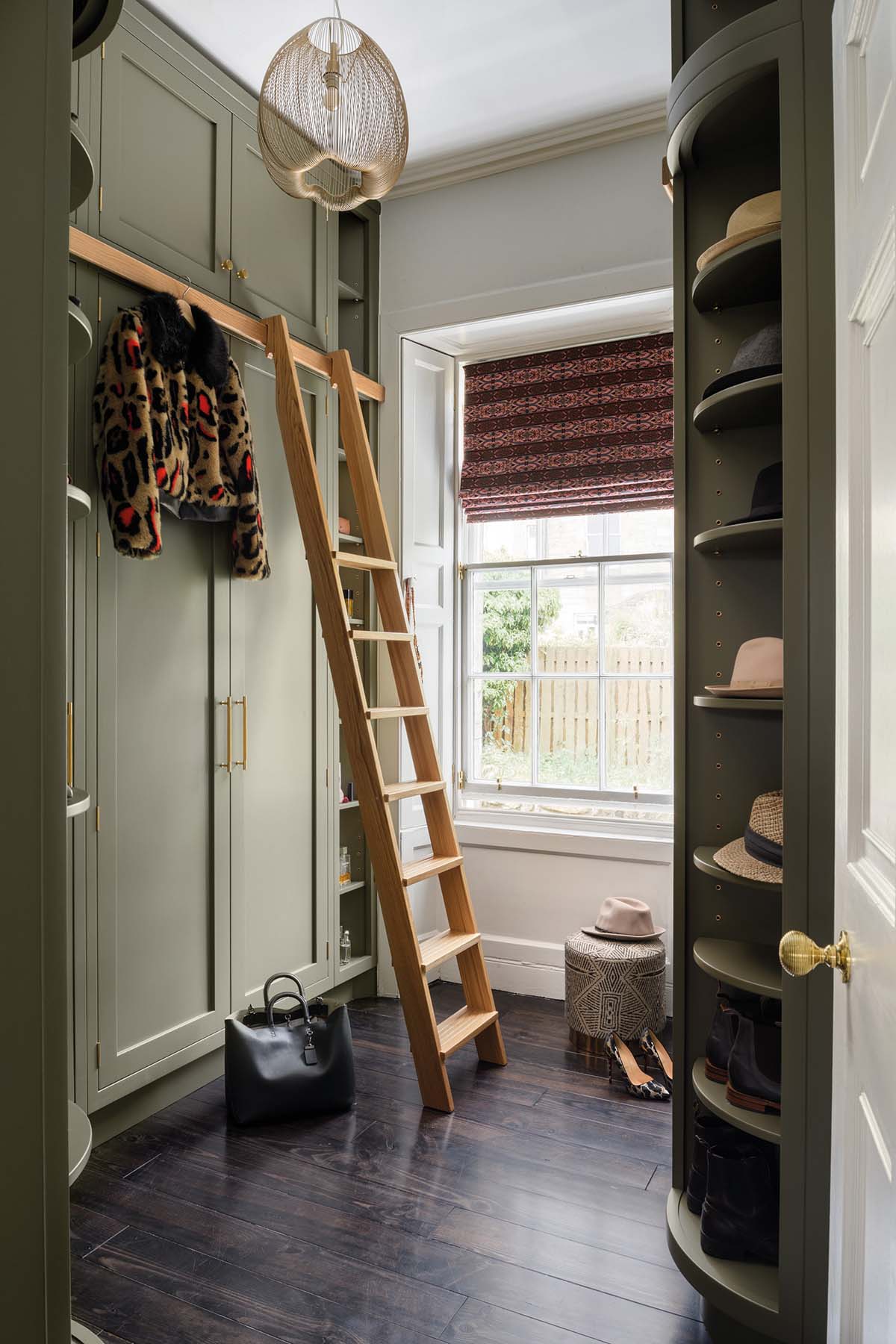
If you’ve outgrown Ikea’s PAX system but don’t have the funds for a completely customised dressing room (one interior designer tells me that prices start at around £40,000), there are plenty of mid-market options.
Companies such as Sharps and Hammonds have a range of fitted wardrobes that can be adapted for any space, and Komandor Scotland designs stylish made-to-measure wardrobes and storage that can be configured exactly as you like with pull-outs and inserts for shoes and accessories. Most independent interior designers can also work with off-the-rack suppliers for a more cost-effective solution that is still tailored to your requirements.
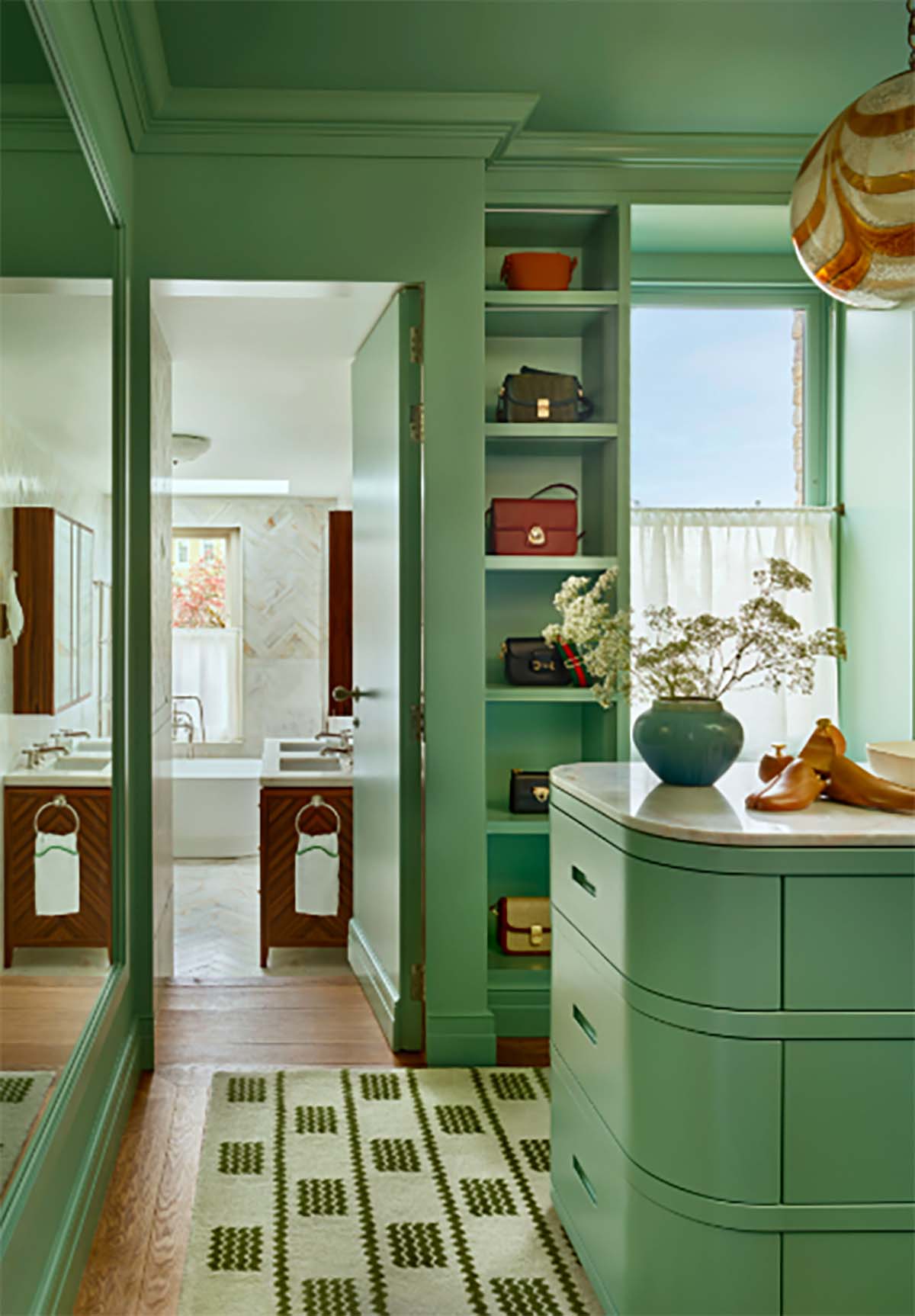
Of course, if you’re someone who has always been prone to a floordrobe, you could still slip back into old habits. I ask Elaine the secret to maintaining an organised space. “Have a tidy every six months,” she says. “Once when the clocks go forward, and then again when they go back.” By my watch, it’s time to get the bin liners out.
This article about how to declutter your home is lifted from issue 159 of Homes & Interiors Scotland magazine
Buy your copy here
Visit the Clear Mountain Decluttering website | Follow Clear Mountain Decluttering on Instagram | Follow Clear Mountain Decluttering on Facebook
This B-listed mansion in Barnton is something of a unicorn project


